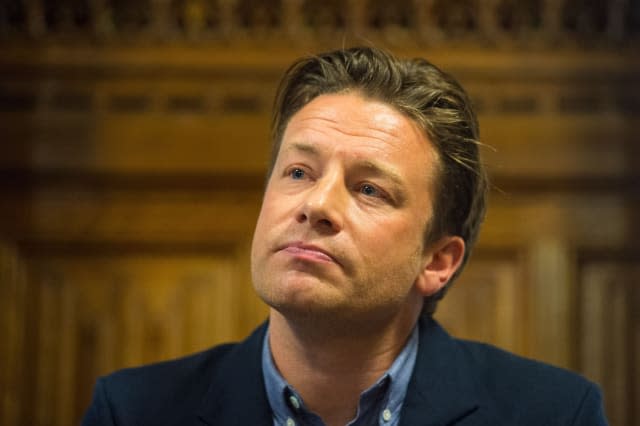Why has Jamie Oliver closed six of his restaurants?

The Jamie Oliver money-making machine seems to be losing power, as his company has announced it will have to close six of his restaurants. Is this the beginning of the end for Jamie?
See also: Indian restaurant offers all you can eat buffet charged by the minute
See also: Diners queue for 'world's cheapest' Michelin-starred restaurant
See also: Social media outraged by cruel 'tipping trick'
The restaurants in question are all part of the Jamie's Italian brand. They are in Aberdeen, Cheltenham, Exeter, Ludgate (in London), and Richmond. The closures were announced by Chief Executive Simon Blagden, who said: "As every restaurant owner knows, this is a tough market, and post-Brexit, the pressures and unknowns have made it even harder."
The Brexit vote has pushed up the cost of buying ingredients from Italy, while staff costs have been increasing. The pressure the company is under can be seen from accounts filed at Companies House that show revenue is increasing - as the customers keep coming. However, profit has fallen from £3.8 million to £2.3 million: partly as a result of increased costs.
As a result, the restaurants needed to serve an average of 3,000 customers a week in order to be sustainable. Falling numbers of customers in some branches mean they were no longer profitable, and had to close. Blagden said the group would try to keep as many staff as possible.
It's not just pressure from rising costs that is causing a headache for restaurant owners. They also face an increasingly saturated market. A study by Pragma Consulting in 2016 found that the market for eating out has remained relatively flat since 2008, but the pace of restaurant opening continues to increase. In London, according to Hardens, 2016 was a record year for openings.
Bad news for small firms
With so many restaurants competing for custom, it means they cannot pass on the higher costs. In fact, by contrast, they are forced to offer special deals, vouchers and member's clubs, which make each customer less profitable, so it's even harder to make a profit.
Within an empire as large as Jamie's, there's wiggle room. They can close down a handful of unprofitable restaurants, and open more fashionable offerings. It is, for example, opening two more Barbecoa restaurants in 2017.
There are also overseas markets to exploit. There are currently 42 Jamie's Italian branches in the UK and 28 overseas, and it is looking to open another 22 internationally.
Jamie Oliver's money-making machine, would therefore seem set to continue rolling. Quite what happens to smaller independent companies and small localised chains is another matter entirely. We will have to see how many of them can survive the Brexit squeeze.



